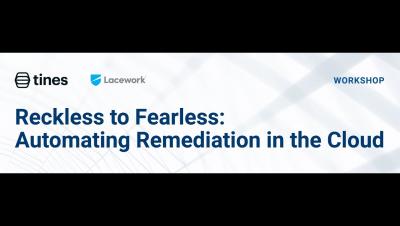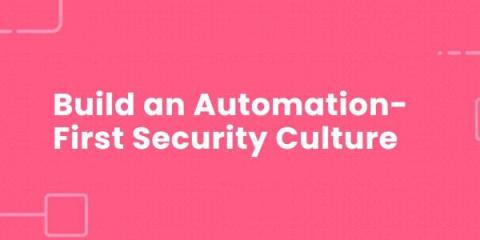Security | Threat Detection | Cyberattacks | DevSecOps | Compliance
Automation
Supervised Active Intelligence - The next level of security automation
Rezilion Secures $30 Million In Funding to Automate DevSecOps
Team Spotlight: Leen Neuman
The #LifeatTorq Team Spotlight is a Q&A series dedicated to the talented and generally kick-ass team that form the foundation of our growing company. Today we are spotlighting Leen Neuman, a Front End Engineer at Torq, based in our Tel Aviv office.
ASOC series part 2: How to scale AppSec with application security automation
Learn how ASOC tools make scaling possible through application security automation and orchestration. In part one of our series on application security orchestration and correlation (ASOC), we looked at how this new application security trend improves DevSecOps efficiency. We will now focus on the typical challenges AppSec teams face due to today’s rapid development cycles, and how ASOC tools can solve these challenges with automation and scalability.
Team Spotlight
The #LifeatTorq Team Spotlight is a Q&A series dedicated to the talented and generally kick-ass team that form the foundation of our growing company. Today we are spotlighting Ori Seri, an R&D team leader at Torq, based in our Tel Aviv office. Tell us a bit about your career path before Torq. Ori: I was an officer in an Israeli Defense Forces (IDF) Intelligence unit early on. Then I worked at a startup called Nuweba, where I began as an engineer, and later led an R&D team there.
Automated Threat Intelligence: An Overview
SecOps and security teams spend an excessive amount of time sifting through low-value, poorly-contextualized alarm data rather than actively hunting for valid threats. This is because bad actors are constantly looking to steal whatever they can hold onto with the least exposure. Recent ransomware attacks in critical business sectors only serve as reminders that organizations cannot lie dormant. This blog post will unpack strategies to help overcome these challenges and explain why integrating threat intelligence with security orchestration and automation is critical for an effective security operations strategy.
Automating Identity Lifecycle Management
The identification of every user making a request to a given system is vital to ensuring that action is only taken by, and information only returned to, those who need it. This happens in two steps: first, the requester is identified (authenticated), and then that identity is used to determine which parts of the application they are allowed to access.
Build an Automation-First Security Culture
When you think about how to automate processes within the IT industry, your mind probably goes first to tools. After all, the past decade has witnessed an explosion of tools from across the industry that promise to make it easy to automate virtually every aspect of IT operations — from low-code development solutions that automate coding, to release automation tools for applications, to automated monitoring and security platforms.
Team Spotlight
The #LifeatTorq Team Spotlight is a Q&A series dedicated to the talented and generally kick-ass team that form the foundation of our growing company. Today we are spotlighting Kostya Ostrovsky , a Software Architect at Torq based in our Tel Aviv office. Kostya is one of the first employees at Torq.











